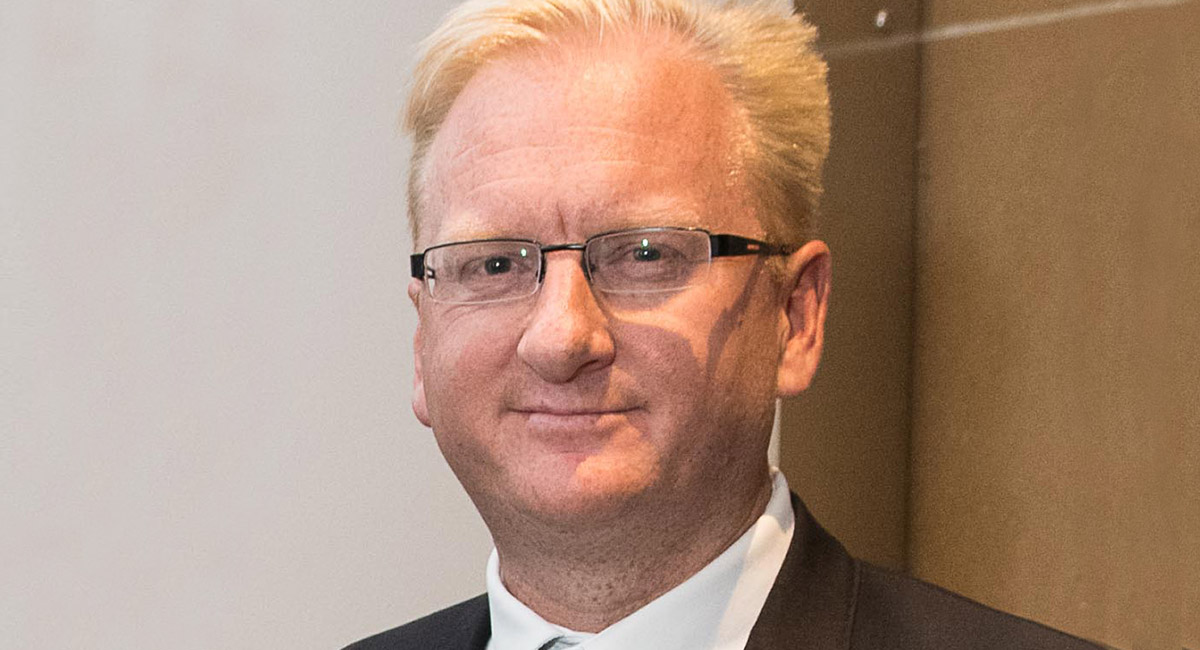A day in the life of the editor-in-chief of News Corp’s national daily newspaper is a busy one. When Mediaweek spoke to Paul Whittaker shortly after noon earlier this week, he’d just come out of a news conference.
However, he wasn’t going to let the tight schedule stop him from talking about The Australian being named the Newspaper of the Year for the second year in a row at the PANPAs.
MORE: The Australian wins three major awards at Newspaper Of The Year
“It’s a reflection of us doing the things that we need to do every day right. That is identifying the big issues, setting the national agenda and delivering content in timely fashion in terms of how people want to read it – whether that’s on the mobile phone, iPad or the physical newspaper,” Whittaker said.
The Australian also picked up an award for the Best Mobile Site. Whittaker said that in the past year the brand has put time, money and energy into becoming a mobile-first destination.
“The most pleasing thing about the PANPAs this year was that we won the traditional category, but also the category that will carry us forward into the future,” Whittaker said.
The last year and a half have been good for The Australian. The masthead earlier clocked up $25 million in digital sales. Whittaker said The Australian currently has just under 100,000 digital subscribers. This is a 16.5% increase year-on-year.
The Australian website had 1.8 million unique browsers in August. Whittaker said: “It shows that you can get reach even with locked content thanks to good SEO, social and our newsletter offering.”
Whittaker noted this is a big achievement especially because of the sceptical reaction that The Australian’s subscription model received when it was introduced in 2011.
“We have continued the trajectory of digital growth, which started under [the former editor-in-chief] Chris Mitchell. He was the first to introduce the paywall. At the time, we swam against the tide when we introduced it. There was virtually no media outlet putting a hard paywall up. A lot of competitors thought we were crazy.
“When you look around now, even titles such as The Guardian have what they call voluntary subscription. I said this the other day: voluntary subscription is like the voluntary conscription – not particularly effective.”
While the success in digital is great, Whittaker also noted the importance of continually innovating in print.
He said: “We still rely very strongly on print sales and advertising in terms of our revenues.”
The Australian has recorded a readership growth in the 12 months to June 2017. According to Roy Morgan, the newspaper had a readership of 339,000, up 10.06% year-on-year. In the emma data, the figure stands at 487,000, up 4.73% year-on-year.
Advertisers have been receptive to The Australian’s strong audience in print.
“We were one of the few mastheads in the world to have a year-on-year increase in local advertising in the financial year just gone,” Whittaker said. “For the first time in almost a decade we recorded a profit.”
With digital being seen as the way of the future by the global and local media industry, is The Australian shifting its business model to be less reliant on print?
“It’s very hard for anyone to look into a crystal ball and say how many years newspapers will operate at this sort of a level,” Whittaker said. “I think newspapers will survive and thrive during my lifetime.
“Over time they will become more boutique. The Australian, like other titles, has a business-selling proposition, which is that we have quality journalism and unique content that you can’t easily get anywhere else. And people have shown that they are prepared to pay a premium for that.”
The engagement that the readers have with The Australian in print is almost double that of the audience on any other platform. This makes the print product a very attractive proposition for advertisers, Whittaker said. Internal research conducted by News Corp has shown that people spend about 50 minutes looking at The Australian in print. Meanwhile, an average session on The Australian app spans about 15-25 minutes depending on the time of the day. On mobile, people engage with The Australian for four to six minutes.
Whittaker was announced as the editor-in-chief of The Australian in December 2015, when his predecessor Chris Mitchell announced his retirement. Asked about how much of the success that The Australian is having has to do with him sitting at the top of the editorial chain, Whittaker laughed and said: “Well, that’s for other people to judge.”
—
This is an excerpt of the full article, which appears in the latest issue of Mediaweek magazine.
Mediaweek has been covering the Australian media industry every week for over 27 years – all for an annual price of less than one conference.
We continue to rely on subscription revenue to support our independence. Subscribe here.
